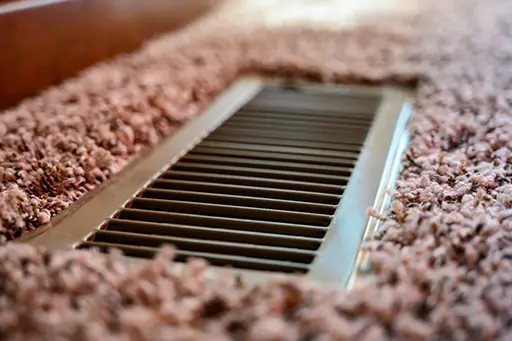Forced Air Systems

When it comes to heating and cooling homes, forced air systems have become a popular choice for homeowners. These systems utilize a network of ducts to distribute conditioned air throughout the house, ensuring consistent comfort and temperature control in every room. Understanding the basics of forced air systems, including how they work, their installation and operating costs, signs of potential trouble, and proper maintenance is crucial for homeowners looking to optimize their HVAC systems.
What are Forced Air Systems?
Forced air systems are an efficient method of heating and cooling homes. They use a network of ducts and vents to distribute conditioned air throughout the space. These systems consist of a central heating and cooling unit, such as a furnace or heat pump, which heats or cools the air. The conditioned air is then forced through the ductwork and released into different rooms through registers or vents.
How Forced Air Systems Work
A forced air system pulls air inside the home through return ducts. The air is then passed through a filter to remove dust and other particles before entering the heating or cooling unit. In the case of a furnace, the air is heated by a burner and then distributed back into the home. For a heat pump, the process involves transferring heat from the outside air to warm the indoor air. In the cooling mode, the system removes heat from the indoor air and releases it outside. The process is controlled by a thermostat that allows you to set the desired temperature.
Average Cost to Install and Run Forced Air Systems
The cost of installing a forced air system can vary depending on several factors, including the size and layout of your home, the type of system you choose, and any additional components required.
Regarding operating costs, forced air systems can be relatively energy-efficient. However, the actual cost will depend on factors such as the energy efficiency of the system, the insulation and sealing of your home, and local energy prices. It’s best to consult a professional HVAC technician who can assess your specific needs and provide a more accurate estimate of installation and operating costs.
Before installing forced air systems, check for Mass Save™ Rebates and financing options or simply contact Hoffman & Kelley, Mass Save™ Official Installers, to help find energy saving incentives.
Signs of Trouble with Existing Forced Air Equipment
It’s essential to be aware of signs indicating problems with your existing forced air system. Here are some common indicators that your system may require attention:
- Inconsistent Temperature: If you notice uneven heating or cooling throughout your home, it could indicate issues with the ductwork or the system’s ability to distribute air effectively.
- Strange Noises: Unusual noises from your system, such as banging, rattling, or squealing, can signal mechanical problems requiring professional attention.
- Increased Energy Bills: A sudden and significant increase in your energy bills without a corresponding change in usage could indicate inefficiencies in your system.
- Poor Air Quality: If you notice excessive dust, stale odors, or increased allergy symptoms, it may indicate that your system is not effectively filtering and cleaning the air.
If you observe any of these signs, contact us, and we’ll help diagnose and address the underlying issues.
Forced Air System Maintenance Tips and Schedule
Regular maintenance is crucial for keeping your forced air system in optimal condition. Here are some maintenance tips to follow:
- Change Air Filters: Regularly replace or clean your air filters to ensure proper airflow and prevent the buildup of dust and debris.
- Clean Vents and Registers: Keep vents and registers clean and unobstructed by furniture or other items to allow for efficient air distribution.
- Inspect Ductwork: Periodically check the ductwork for any signs of leaks, damage, or blockages. Seal any leaks and clean out any debris that may have accumulated.
- Schedule Professional Maintenance: Having your forced air system professionally inspected and serviced at least once a year is recommended. Contact a qualified HVAC technician can identify and address potential issues, clean the system, and ensure optimal performance.
By following these maintenance tips and adhering to a regular maintenance schedule, you can extend the lifespan of your forced air system and maximize its efficiency.

